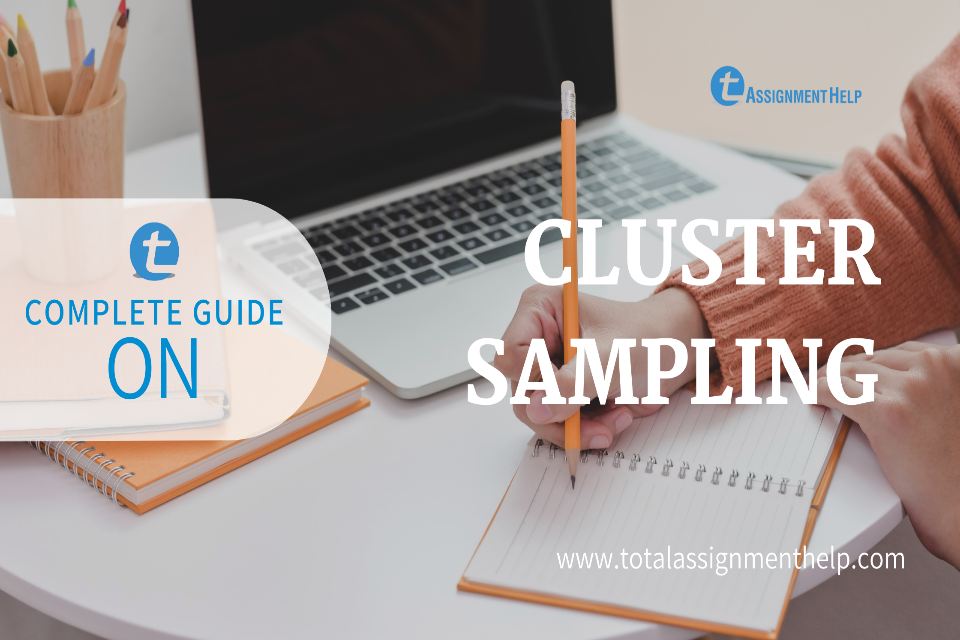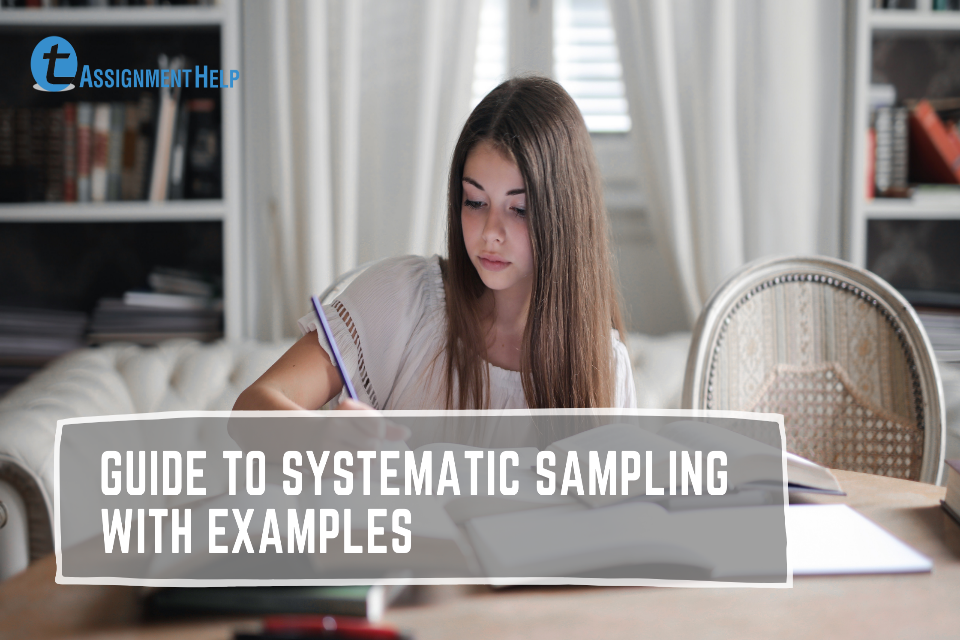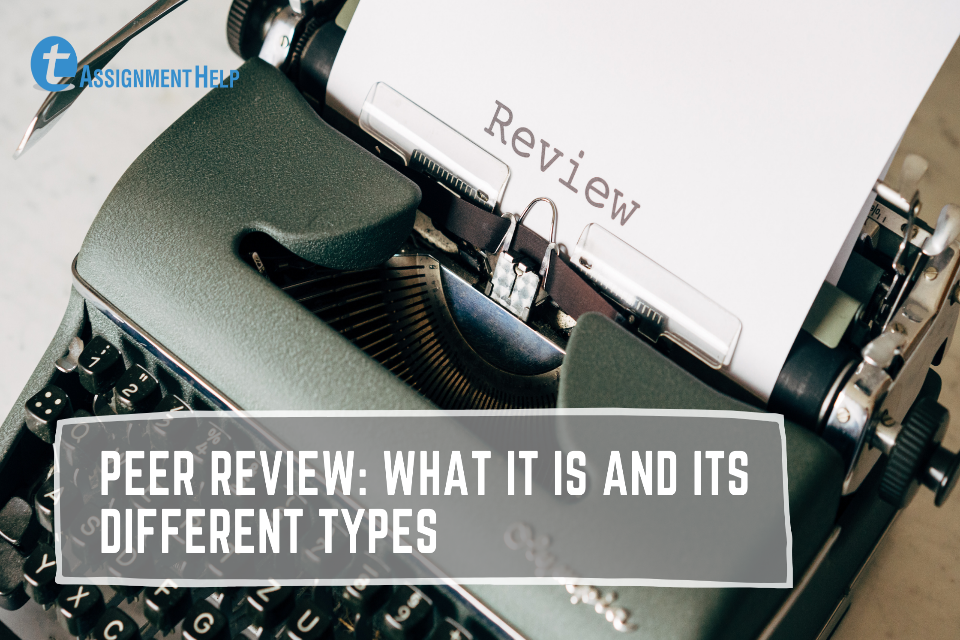03/30/2022
Published by Thomas Smith at 03/30/2022
Categories
The cluster sampling process entails splitting a target population into progressively smaller groups or clusters. Then, the sample is built from randomly selected samples. A common […]
03/29/2022
Published by Thomas Smith at 03/29/2022
Categories
A quasi-experimental design establishes a cause-and-effect link between a dependent and independent variable similar to an actual or real experiment. On the other hand, a quasi-experiment […]
03/25/2022
Published by Thomas Smith at 03/25/2022
Categories
Experiments or observations are frequently used in research to uncover causal links between variables. You may, for instance, see if caffeine enhances reaction time by giving […]
03/25/2022
Published by Thomas Smith at 03/25/2022
Categories
The University of Virginia, or UVA, founded in 1819 by Thomas Jefferson, has been designated a UNESCO Heritage Site. In addition, the university is widely recognised […]
03/20/2022
Published by Thomas Smith at 03/20/2022
Categories
Stratified sampling is a research method in which the population is divided into homogeneous subpopulations known as strata. The population is divided into strata based on […]
03/04/2022
Published by Thomas Smith at 03/04/2022
Categories
Deductive reasoning is a logical process that leads from broad concepts to conclusions. On the other hand, inductive reasoning starts with individual observations and leads to […]
02/27/2022
Published by Thomas Smith at 02/27/2022
Categories
Systematic sampling refers to a probability sampling method where samples or limited members are selected from a large population at a regular interval (or k) planned […]
02/20/2022
Published by Thomas Smith at 02/20/2022
Categories
Analyzing contributions to an academic journal is known as peer review. A board of reviewers from the same field of study determines whether to approve each […]
02/14/2022
Published by Thomas Smith at 02/14/2022
Categories
In research, triangulation refers to addressing a research subject through several datasets, techniques, hypotheses, and investigators. It’s a research approach that can help you improve your […]









